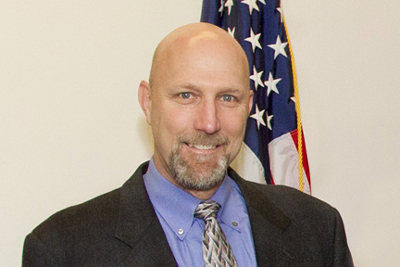
UMSL criminologist David Klinger talks about the use of deadly force with NPR and The Huffington Post.
The use of deadly force by law enforcement has been a controversial issue for many years. Are officers trigger happy? Does the risk of an unstable suspect justify the actions?
David Klinger, an associate professor of criminology and criminal justice at the University of Missouri–St. Louis, has studied this subject for years. He also lived it.
As a rookie police officer in 1981, Klinger shot and killed a knife-wielding suspect attempting to murder his partner. Klinger, the author of the book “Into the Kill Zone: A Cop’s Eye View of Deadly Force,” discussed the use of deadly force Thursday on “Talk of the Nation,” a program on NPR.
“Sometimes it’s not so clear-cut,” Klinger told NPR about officer-involved shootings. “I’ve been involved with a number of situations when I was a young officer where I could have shot, but decided not to.”
Klinger added that the term “awful, but lawful” is used often. It means even if the officer was justified in the shooting, the circumstances were mistaken whether it was a suspect who looked to be reaching for a weapon or something similar.
Still, Klinger agrees that excessive use of force is unacceptable. Such was the case of a Florida man with major health problems who died after being taken into custody, pepper sprayed repeatedly and restrained for several hours.
“I look at this story, and all I can say is. ‘What in the world were they thinking?’,” Klinger told The Huffington Post in a story published Wednesday about the incident. “As a general rule, you don’t use pepper spray on someone who is restrained. There might be some limited circumstances where, say, you have a suspect in handcuffs who is banging his head against the window of a patrol car. You might give him a quick burst of pepper spray. But never, never someone who is secured in a restraint chair. It just makes no sense at all.”














